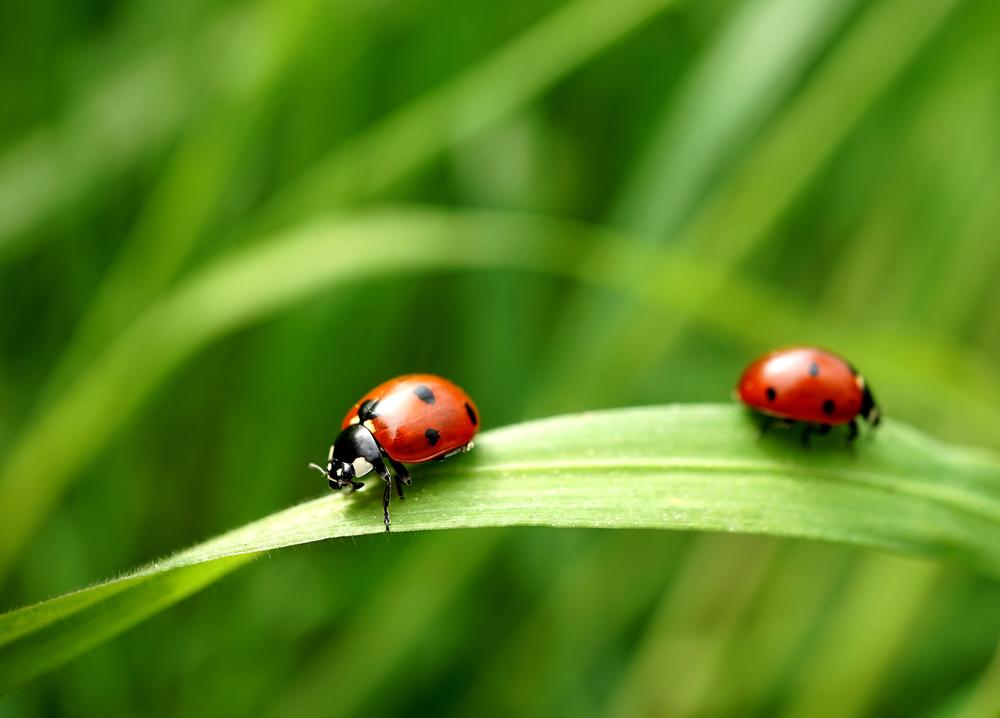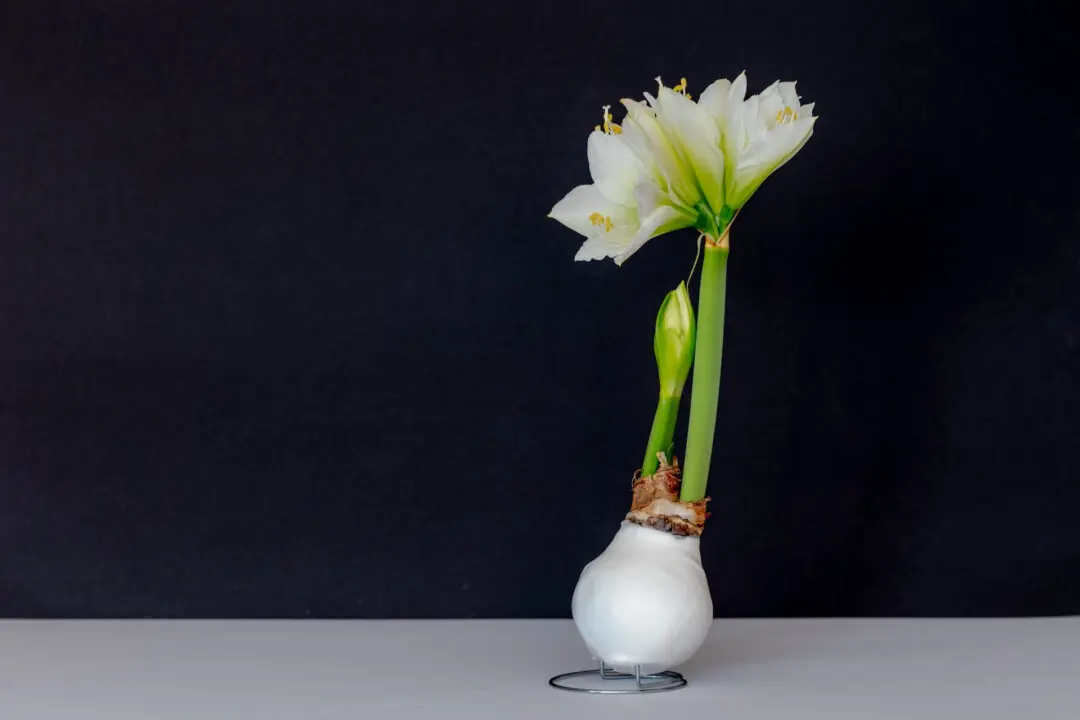The methods used in integrated pest management (IPM) have been around for as long as gardening has been around. The word “integrate” means to incorporate separate compatible parts to form a unified whole. The pest can be anything that is alive that can cause harm to people or their animals, crops, and property. We try to manage the whole program for economical, safe, and long-term pest control.
In an IPM system, environmentally and economically sound decision-making comes first, instead of knee-jerk reaction spraying. Pests are only controlled if necessary, and other control methods are considered before pesticides. Safer kinds of pesticides are considered, and reduced pesticide amounts are used for less chance of pests developing resistance. This all differs from programs that ban the use of pesticides (which are allowed using IPM), and it differs from organic programs that require the pesticides to be organic in origin.





